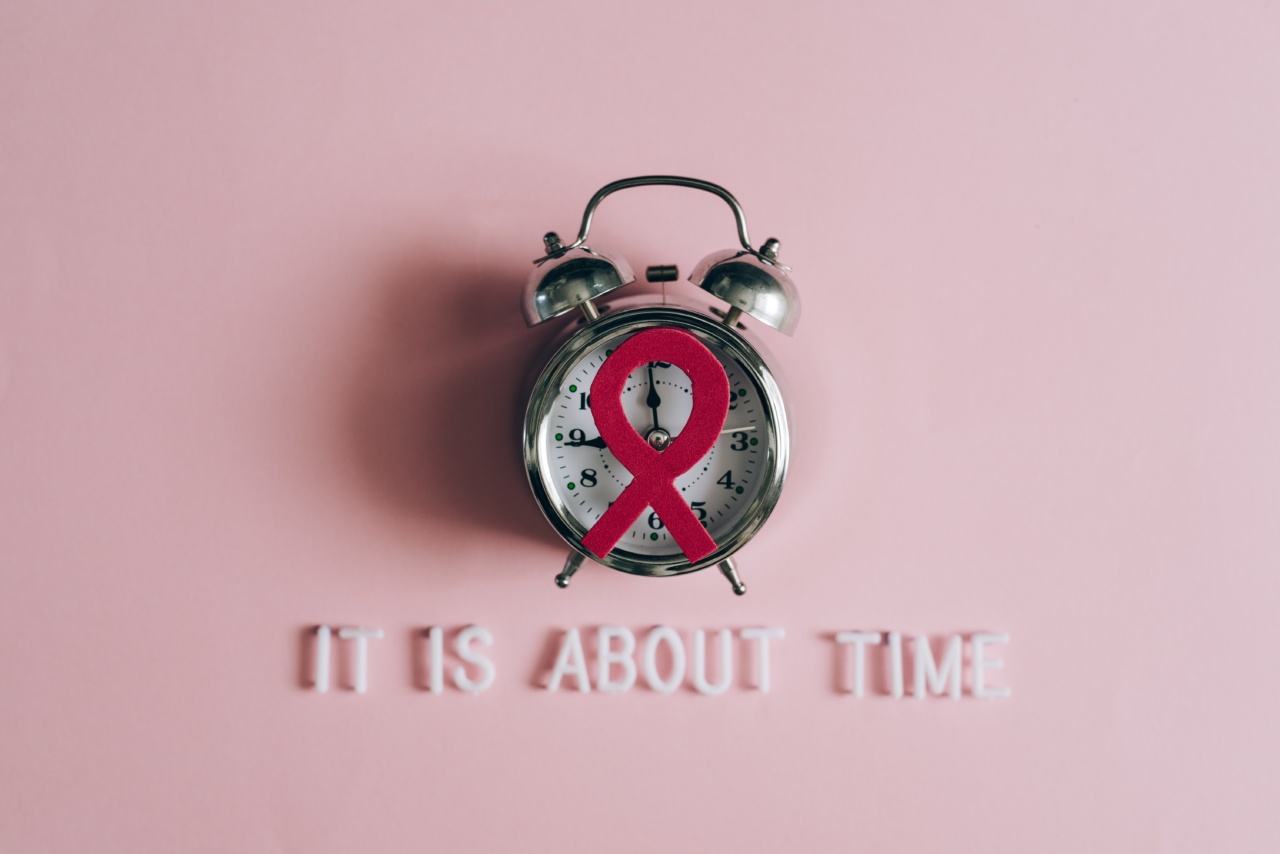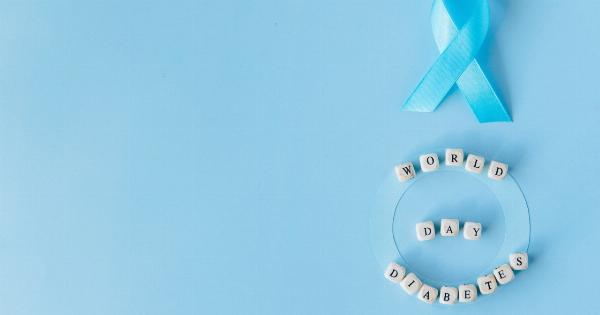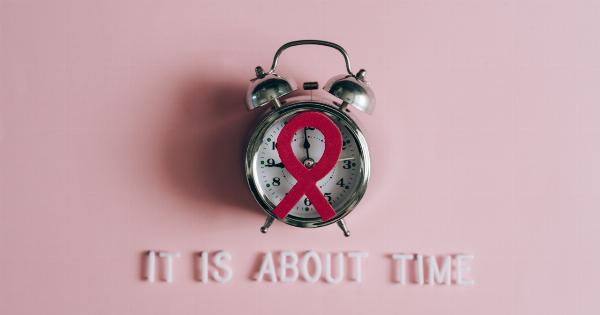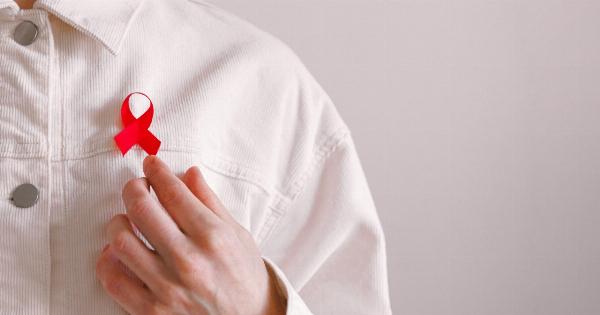World AIDS Day is commemorated on December 1st annually, and it is a day when individuals and organizations across the globe come together to raise awareness about HIV/AIDS.
HIV (Human Immunodeficiency Virus) is a virus that attacks the immune system, and it can lead to AIDS (Acquired Immunodeficiency Syndrome). HIV can be transmitted through blood, semen, vaginal fluids, breast milk, and other bodily fluids. In this article, we will provide you with everything you need to know about HIV and AIDS this World AIDS Day.
What is HIV?
HIV is a virus that attacks the immune system, specifically the CD4 cells, which are responsible for fighting off infections.
When HIV is left untreated, it can destroy these CD4 cells, making it difficult for the body to fight off infections and diseases. HIV is a lifelong condition, and it can lead to AIDS if left untreated. There are three stages of HIV infection: acute infection, clinical latency, and AIDS.
What is AIDS?
AIDS is a condition that occurs when the immune system becomes severely weakened by HIV. AIDS stands for Acquired Immunodeficiency Syndrome because it is acquired by being infected with HIV.
When the CD4 cell count drops below 200, the individual is considered to have AIDS, and the immune system is too weak to fight off infections and diseases. AIDS is a life-threatening condition, and there is currently no cure for it.
How is HIV transmitted?
HIV can be transmitted through blood, semen, vaginal fluids, breast milk, and other bodily fluids. The most common ways that HIV is transmitted include:.
- Unprotected sexual contact (vaginal, anal, or oral sex)
- Sharing needles or other injecting equipment, for example, when injecting drugs
- Mother-to-child transmission (during pregnancy, childbirth, or breastfeeding)
- Blood transfusion (although this is rare in developed countries)
How can HIV be prevented?
There is currently no cure for HIV, but there are ways to prevent getting infected with the virus. The most effective ways to prevent HIV transmission include:.
- Using condoms during sexual activity (vaginal, anal, or oral sex)
- Avoiding the sharing of needles or other injecting equipment
- Taking pre-exposure prophylaxis (PrEP) medication if at a higher risk of contracting HIV
- Getting tested for HIV and other sexually transmitted infections (STIs) regularly
- Adopting safer sex practices, particularly having one partner whom you know does not have HIV or using effective HIV prevention methods
What are the symptoms of HIV?
Many people with HIV do not experience any symptoms, particularly in the early stages of infection. However, some people may experience flu-like symptoms within the first few weeks of being infected with HIV, including:.
- Fever
- Headache
- Rash
- Sore throat
- Swollen lymph nodes
These symptoms are not exclusive to HIV and can be caused by other illnesses. The only way to know for sure if you have HIV is to get tested.
How is HIV diagnosed?
HIV is diagnosed through blood tests that detect HIV antibodies or the HIV virus itself. Testing for HIV is confidential and can be done at a healthcare facility or through a home testing kit.
If you test positive for HIV, you can receive treatment to manage the virus and protect your immune system. It is essential to start treatment as soon as possible to prevent the progression of HIV infection to AIDS.
What is HIV treatment?
HIV treatment involves taking antiretroviral therapy (ART) medication. ART medications work by preventing the replication of the HIV virus in the body.
ART can reduce the amount of HIV in the blood to undetectable levels, and when HIV is undetectable, it cannot be transmitted to others. HIV treatment helps individuals with HIV live long and healthy lives, and it can prevent HIV from progressing to AIDS.
What is the outlook for people with HIV?
Thanks to advancements in HIV treatment, people with HIV can live long and healthy lives with an average life expectancy close to that of people without HIV.
When people with HIV are on treatment, their immune system can stay strong, and they can effectively manage the virus. However, it is essential to start treatment as soon as possible and take ART medications as directed to achieve the best outcomes.
What is stigma when it comes to HIV?
Stigma refers to negative attitudes and beliefs about a particular group of people or individuals. People living with HIV can experience stigma, particularly regarding their HIV status.
Stigma can make it difficult for individuals to disclose their HIV status, access healthcare, employment, and other resources. HIV-related stigma can also create a barrier to HIV prevention and testing. It is essential to combat HIV stigma and create a world where people living with HIV are treated with respect and dignity.
How can you get involved in World AIDS Day?
There are many ways to get involved in World AIDS Day, including:.
- Wearing a red ribbon to show your support for those living with HIV
- Organizing or attending an event to raise awareness about HIV and AIDS
- Making a donation to an HIV organization
- Getting tested for HIV and other STIs
- Volunteering at an HIV organization or hospital
Getting involved in World AIDS Day is an opportunity to show your support for those living with HIV and to raise awareness about the impact of HIV/AIDS on people’s lives.
Conclusion
HIV and AIDS continue to affect millions of people worldwide, and awareness about the virus is critical in preventing its spread.
By getting tested regularly, taking preventative measures, and accessing timely treatment, individuals living with HIV can live healthy and fulfilling lives. World AIDS Day is an opportunity to come together as a global community to raise awareness about HIV and AIDS, combat stigma, and show support for those affected by the virus.























